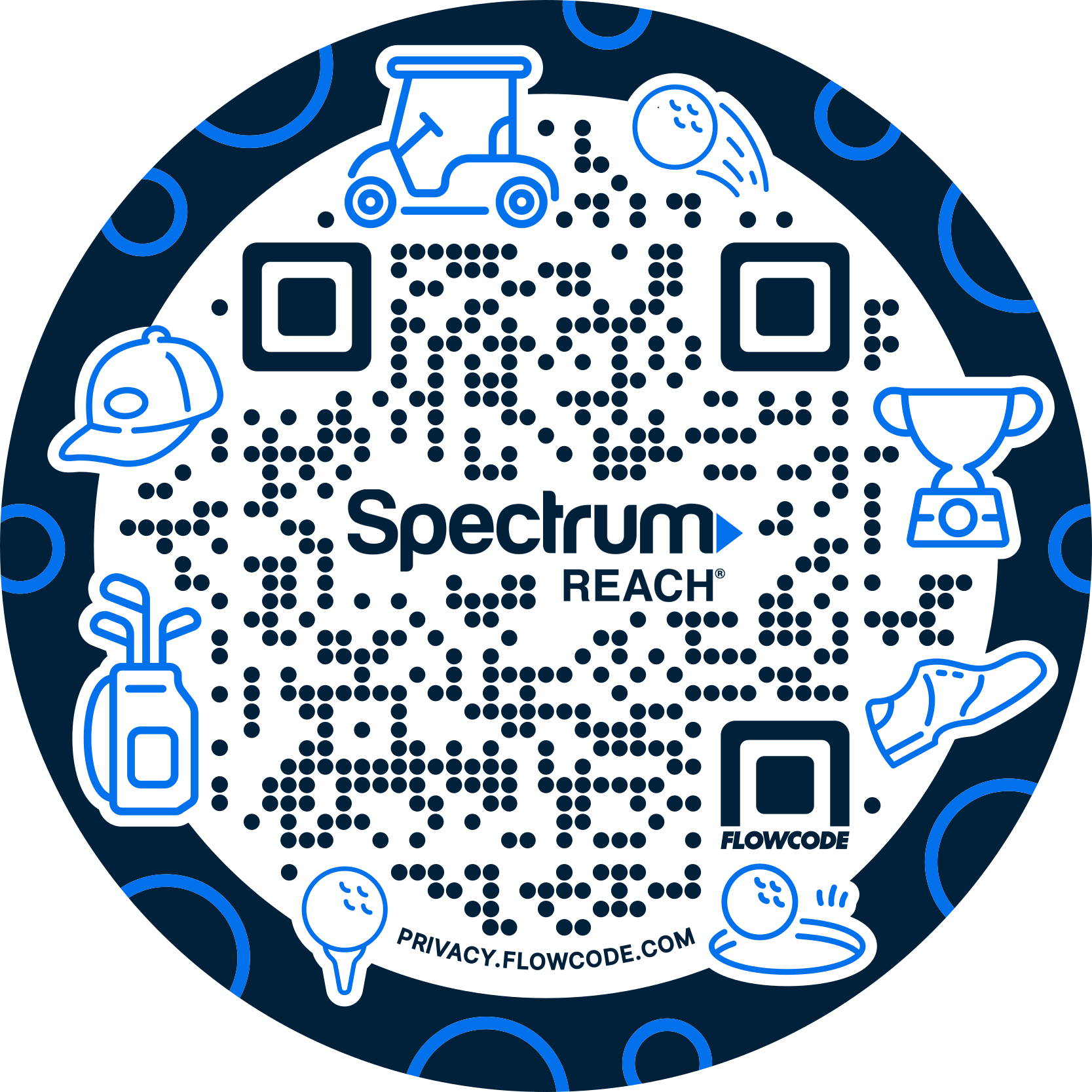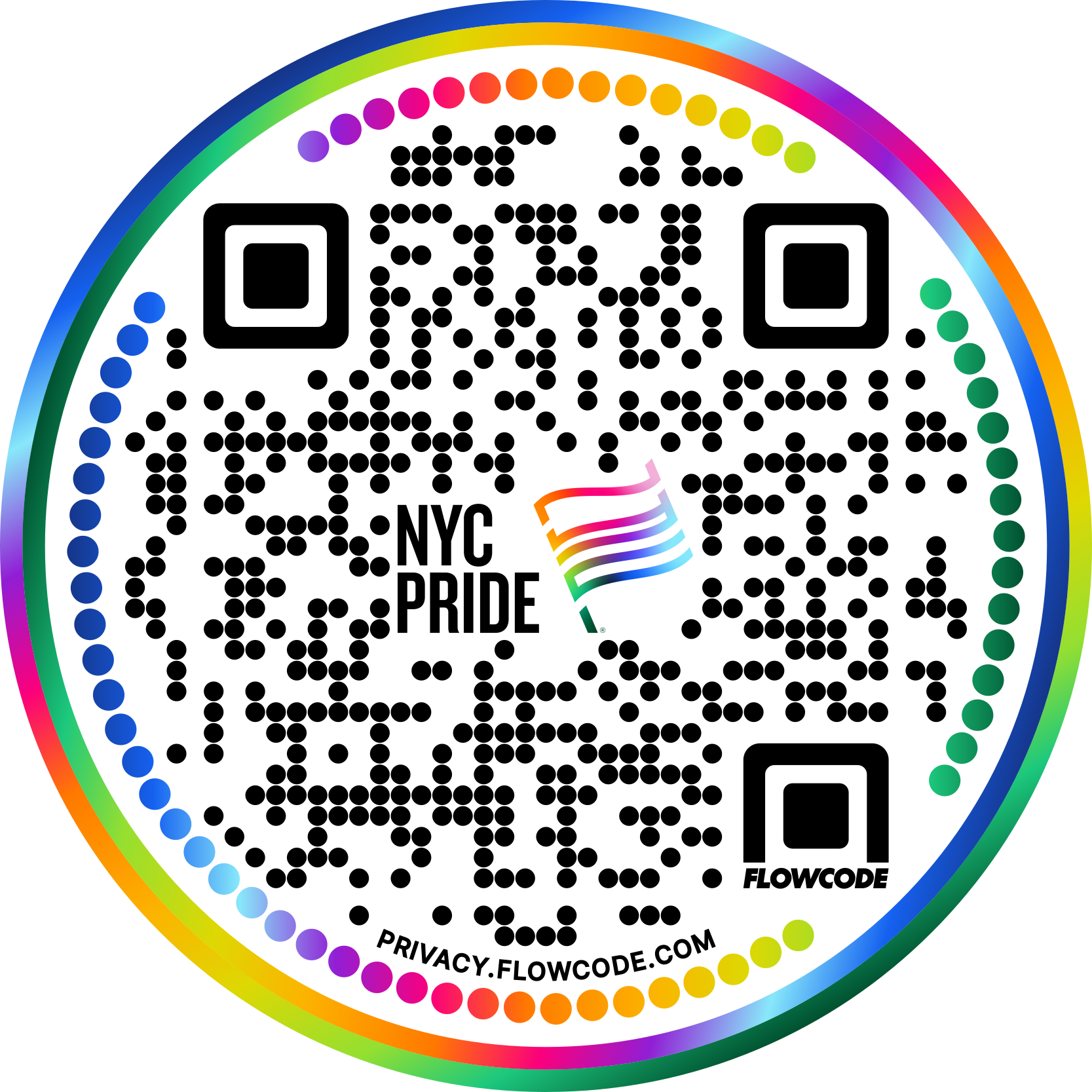Navigating Behavioral Marketing in a World Without Cookies


The cookie is crumbling. For years, tracking cookies have quietly followed us around the internet, feeding marketers data to craft personalized ads. But as privacy concerns grow, the end of the cookie era is reshaping how we connect with audiences. The big question now? How do we keep marketing personal without overstepping privacy boundaries?
What is behavioral marketing?
Behavioral marketing is like the GPS of digital advertising—it uses data from our online behavior, like website visits, clicks, and purchases, to deliver ads that hit close to home. If you’ve ever searched for running shoes and then started seeing ads for sports gear everywhere, you’ve experienced behavioral marketing in action. This approach helps brands serve up content that actually interests us, rather than bombarding us with random ads. But traditionally, it’s relied heavily on third-party cookies to track our moves across the web.
Why is it going away?
A major privacy overhaul is underway. Regulations like GDPR in Europe and CCPA in California have set the stage, demanding more user consent and transparency. Simply put, third-party cookies—the kind that tracks you across multiple sites—are starting to feel more like a privacy invasion than a helpful tool. Browsers like Firefox and Safari have already blocked them by default, and even Google Chrome is rolling out features to limit their tracking power.
The bottom line? The marketing world has to rethink its playbook. Without cookies, marketers are left asking: How do we keep delivering relevant experiences while respecting users’ privacy?
What Is the Impact of a Cookie-Less World?
The shift away from third-party cookies is shaking up how marketers gather data. Here’s how it’s changing the game:
- No more cross-site tracking: Marketers can’t follow users around the internet as easily, making it tougher to create detailed user profiles.
- Challenges in ad targeting: Without those cookies, personalizing ads could become less effective, leading to fewer clicks and lower engagement.
- Less third-party data: Brands that relied on external data for insights now have to get creative in how they understand their audience.
But it’s not all doom and gloom. This shake-up is opening the door to better, more privacy-friendly ways to connect with customers.
What’s Next for Behavioral Marketing?
Just because cookies are fading away doesn’t mean personalization has to disappear. Here are some cookie-free strategies that can keep marketing engaging (and privacy-compliant):
- Double Down on First-Party Data
First-party data is the gold standard in the new era. This data comes directly from your own channels—think website visits, email sign-ups, or app interactions. It’s collected with user consent, making it more trustworthy and privacy-safe. When brands harness first-party data, they can build deeper relationships with their audience. Flowcode makes collecting and activating first-party data even more powerful. Its dynamic QR codes turn offline interactions—like events, product packaging, or out-of-home advertising—into valuable online data, bridging the gap between physical and digital experiences. By capturing customer intent at key moments, brands can personalize recommendations and optimize marketing in real time.
- Embrace Contextual Advertising
Instead of looking at what users did last week, contextual advertising focuses on what they’re doing right now. If someone’s reading a travel blog, they might see ads for travel insurance or luggage. It’s all about serving ads based on the content users are already engaging with—no tracking needed. It’s a fresh take that respects privacy and still keeps things relevant. Flowcode elevates contextual advertising by connecting real-world interactions to digital experiences. With dynamic QR codes, brands can deliver contextually relevant content through physical touchpoints—like travel magazines, in-store displays, or event signage. Scanning a Flowcode gives users immediate access to content or offers matching their current interests, creating personalized experiences without invasive tracking.
- Make Consent-Based Tracking Cool
Let’s face it—pop-ups asking for consent can be annoying. But what if brands made them less intrusive and more rewarding? Consider asking users to opt-in for exclusive content, discounts, or early access to products. When done right, consent-based tracking becomes an opportunity to strengthen customer relationships while staying compliant with privacy laws. - Use Server-Side Tracking and APIs
Data collection doesn’t have to happen on users' devices. With server-side tracking, brands can gather data more securely on their own servers. Pairing this with APIs allows for smooth data integration across platforms, keeping everything privacy-friendly and accurate. It’s a technical solution, but one that could be a game-changer in the post-cookie landscape.
The Future of Behavioral Marketing
As we navigate this cookie-less world, some big trends are emerging:
- AI and Machine Learning Without Personal Data
Forget about tracking your every click—AI is getting smarter at learning from general behavior patterns. Imagine a world where machine learning algorithms don’t know who you are, but still understand what you like based on your actions. That’s the future Flowcode is exploring. By analyzing things like QR code scans (when, where, and how often), we can help brands deliver content that feels personal—without compromising your privacy. - The Rise of Privacy-First Marketing Tech
As privacy regulations grow stricter, marketing tools are evolving to keep up. Flowcode’s QR technology is leading the way, offering brands a way to collect useful insights (like engagement levels and location data) without needing personal details. It’s about respecting privacy while still delivering value. Plus, by connecting first-party data across platforms, marketers can get a comprehensive view of their audience while staying compliant. - Adapting to Evolving Regulations
Privacy laws are constantly changing, and marketers need to stay on their toes. Whether it’s GDPR, CCPA, or new regulations popping up around the globe, staying compliant means more than checking boxes. Flowcode is committed to keeping brands up-to-date with tools like opt-in consent management and easy data deletion requests. The goal? To help marketers continue leveraging insights without missing a beat.
Turning Challenges into Opportunities
The end of third-party cookies might feel like a roadblock, but it’s really a chance to build stronger, more authentic connections with customers. By focusing on transparency, first-party data, and privacy-first strategies, brands can not only survive but thrive in this new era. It’s time to ditch the outdated playbook and embrace smarter, privacy-friendly ways to engage your audience.
Ready to Rethink Your Strategy?
There’s never been a better time to get ahead of the curve. The shift to privacy-first marketing isn’t just about compliance—it’s about building trust. Make the switch to strategies that respect your audience’s privacy while still delivering personalized experiences. The future of behavioral marketing is here, and it’s all about putting customers first.
Connect to unlock a personalized demo


































.png)

















.png)




.png)

.png)






.png)


.png)
.png)
.png)

.png)

%20copy%203.png)






.png)






